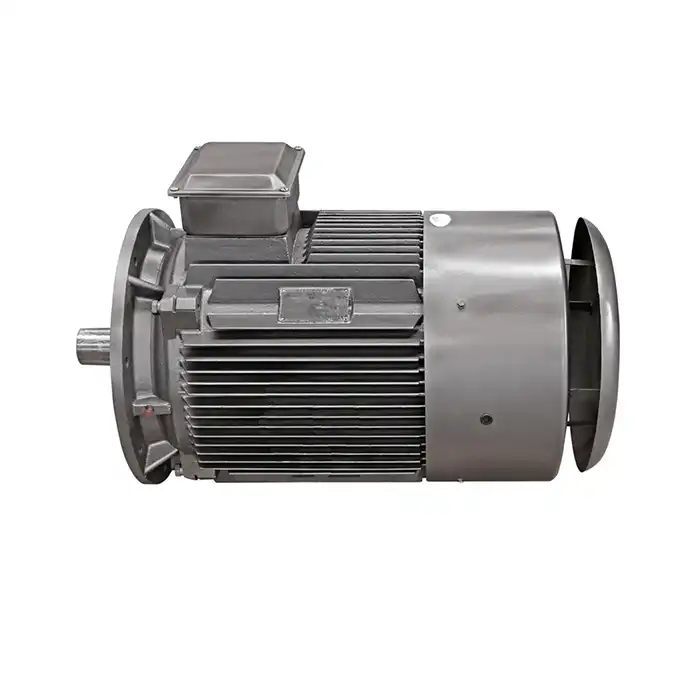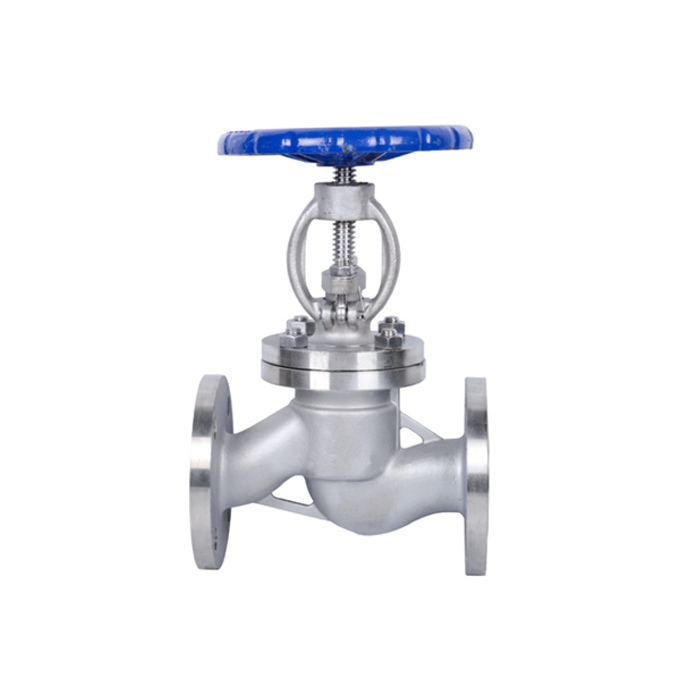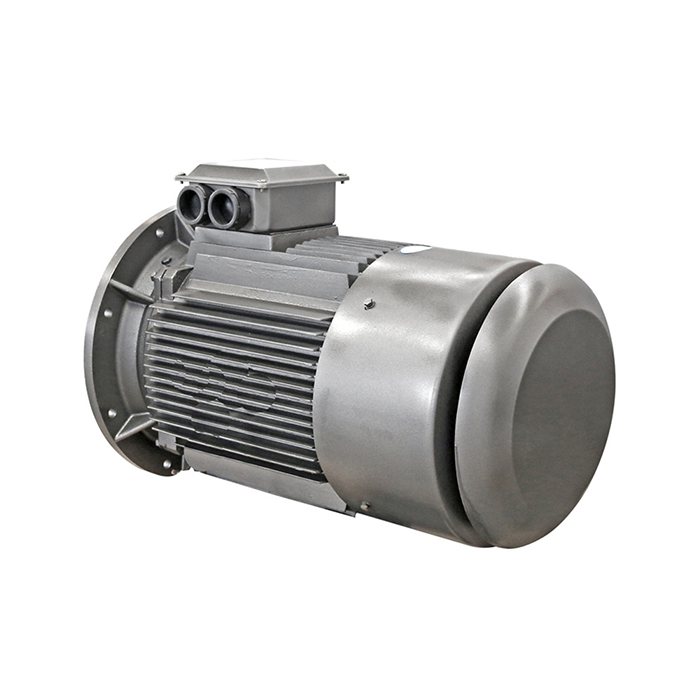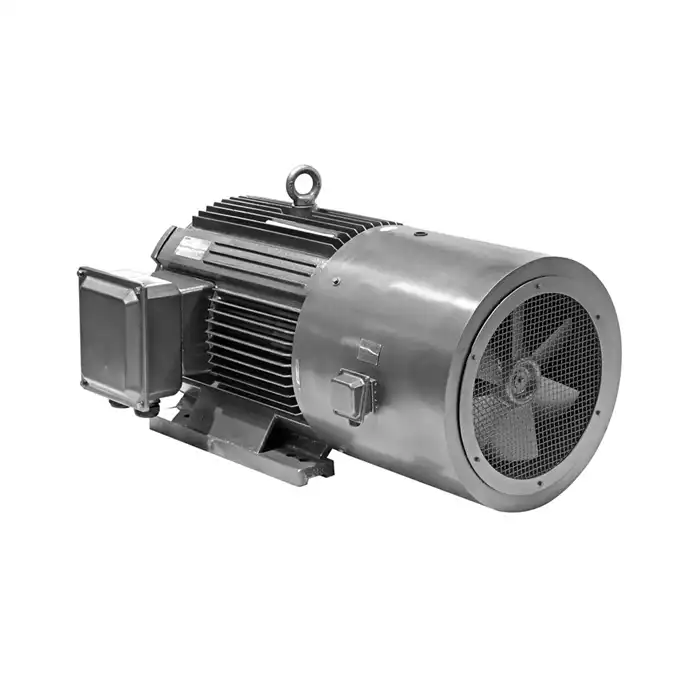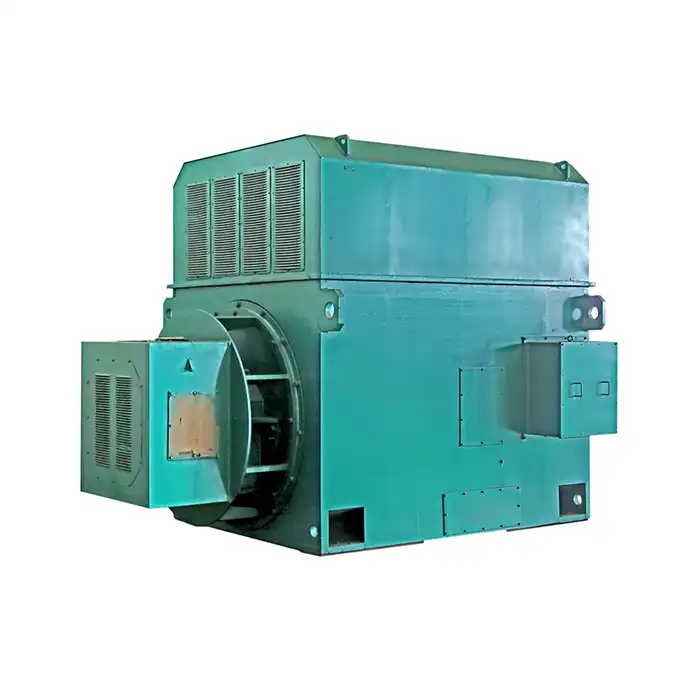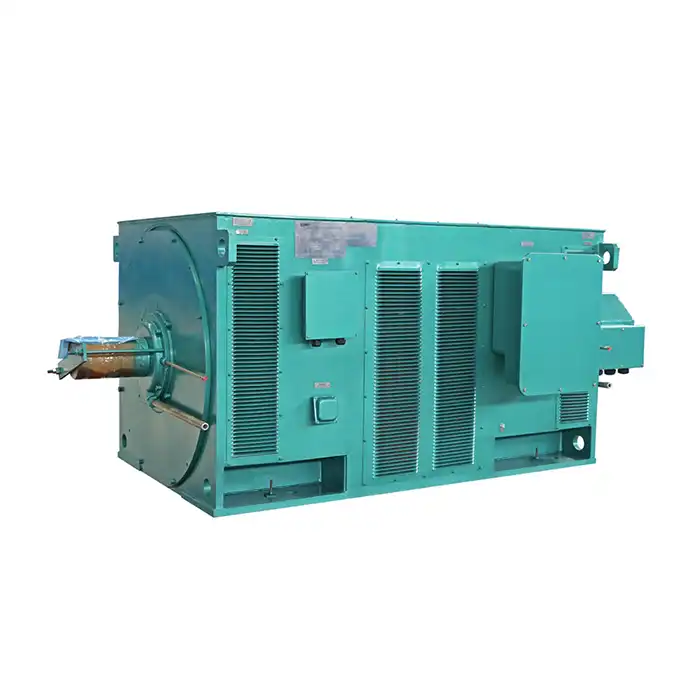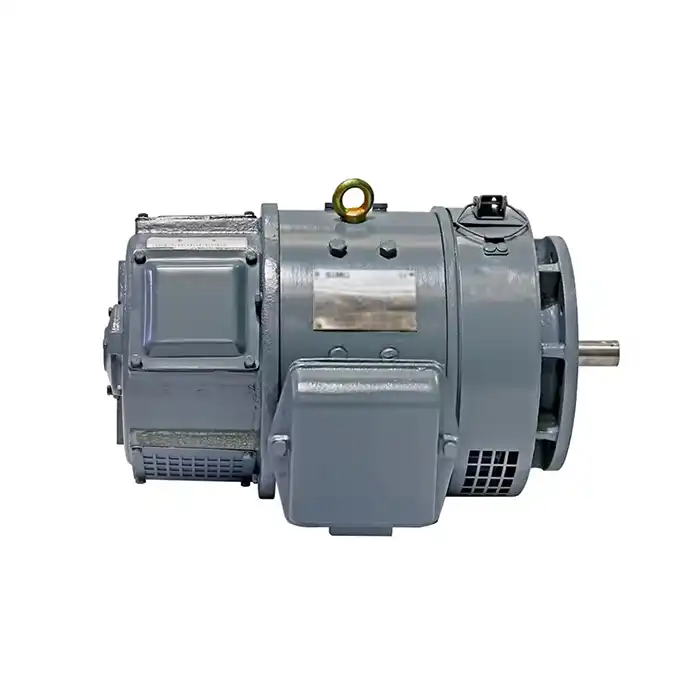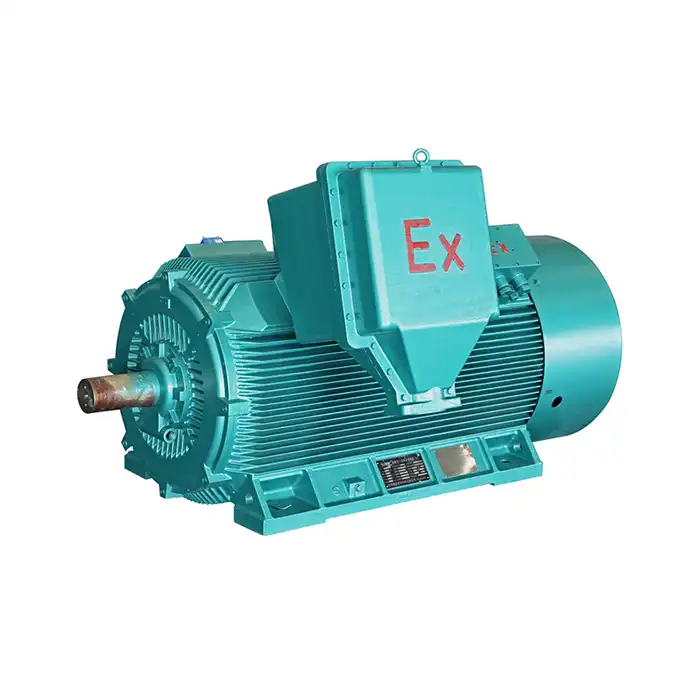15kW DC Motor Integration with Programmable Logic Control Systems
In the realm of industrial automation, the integration of 15kW DC motors with Programmable Logic Control (PLC) systems has become increasingly important. This combination offers precise control, improved efficiency, and enhanced operational capabilities across various applications. Let's explore the intricacies of this integration and how it can benefit your industrial processes.
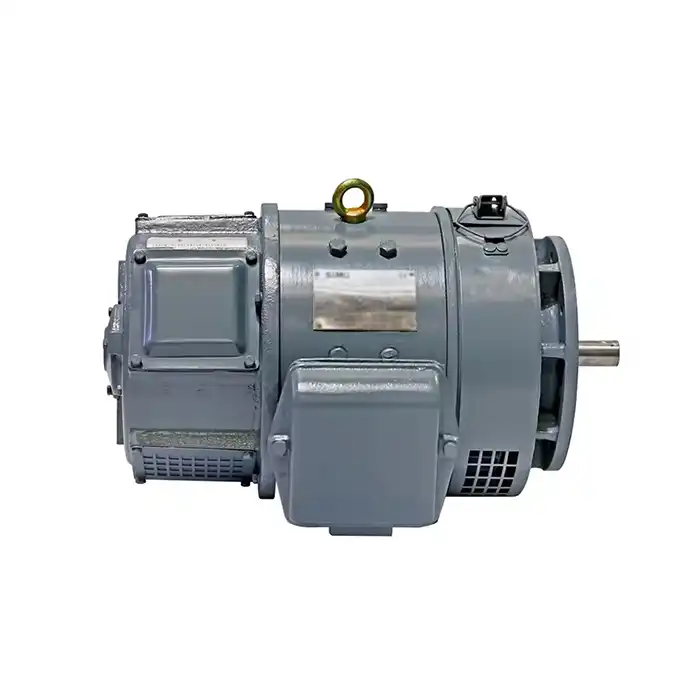
Z2 Product Specifications:
| Power Output: | FROM 15 kw |
| Voltage Range: | Customizable to your requirements |
| Speed Range: | Adjustable for optimal performance |
| Insulation Class: | F (155°C) |
| Protection Class: | IP55 (dust and water-resistant) |
| Cooling System: | Forced air cooling |
Can a 15kW DC Motor Be Fully Automated Using PLC Systems?
The short answer is yes, a 15kW DC motor can be fully automated using PLC systems. This integration allows for sophisticated control and monitoring of motor functions, leading to improved performance and efficiency in industrial applications.
Benefits of Automating 15kW DC Motors with PLCs
Automating 15kW DC motors with PLCs offers several advantages:
Precise Speed and Torque Control: PLCs allow for precise control of motor speed and torque, ensuring that the 15kW DC motor operates within optimal parameters. With real-time adjustments, the motor's performance can be fine-tuned to meet the specific needs of various processes, whether it’s in manufacturing, conveyors, or large machinery.
Real-Time Monitoring of Motor Parameters: PLCs provide continuous feedback on motor performance, such as speed, torque, temperature, and vibration. This data allows operators to monitor motor conditions in real-time, enabling predictive maintenance and preventing potential failures before they occur. This contributes to extended motor lifespan and reduced downtime.
Improved Energy Efficiency: By automating the motor with PLCs, the system can optimize power usage, adjusting speed and torque based on the load. This dynamic control reduces energy waste, making operations more energy-efficient and lowering operational costs.
Enhanced Safety Features: PLCs improve safety by integrating features like emergency stop, overload protection, and fault detection. This prevents accidents and ensures the motor operates within safe parameters, enhancing workplace safety.
Simplified Maintenance Procedures: With automated diagnostics and real-time monitoring, maintenance procedures become more predictable and less disruptive. The system can alert operators to specific issues, which streamlines repair processes and reduces maintenance costs.
By leveraging PLC systems, industries can achieve greater control over their motor-driven processes, resulting in increased productivity and reduced operational costs.
Implementing PLC Control for 15kW DC Motors
To implement PLC control for a 15kW DC motor, several components are necessary:
- A suitable PLC system with analog and digital I/O capabilities
- A DC motor drive compatible with the 15kW rating
- Sensors for feedback (e.g., encoders, tachometers)
- Power supply and protection circuits
- Human-Machine Interface (HMI) for operator control
The PLC program should be designed to handle various motor control functions, including start/stop operations, speed regulation, direction control, and fault management.
Best PLC Protocols for Seamless 15kW DC Motor Control
Selecting the right communication protocol is crucial for achieving optimal control of 15kW DC motors through PLC systems. Several protocols have proven effective in this application:
Modbus RTU/TCP
Modbus is a widely used protocol in industrial automation due to its simplicity and reliability. It allows for efficient communication between the PLC and motor drive, enabling precise control of motor parameters.
PROFIBUS
PROFIBUS is another popular choice for motor control applications. It offers high-speed communication and supports a wide range of devices, making it suitable for complex automation systems involving 15kW DC motors.
EtherCAT
EtherCAT provides real-time control capabilities, which is particularly beneficial for applications requiring high-precision motion control. Its fast cycle times make it an excellent choice for demanding motor control tasks.
Selecting the Right Protocol
When choosing a protocol for your 15kW DC motor control system, consider factors such as:
- Communication speed requirements
- Compatibility with existing equipment
- Scalability for future expansion
- Support for advanced motor control features
The right protocol will depend on your specific application needs and system architecture.
Troubleshooting Common PLC-15kW DC Motor Communication Issues
Even with careful planning and implementation, issues can arise in PLC-controlled 15kW DC motor systems. Understanding common problems and their solutions can help maintain smooth operations.
Signal Interference
Electromagnetic interference (EMI) can disrupt communication between the PLC and motor drive. To mitigate this:
- Use shielded cables for signal transmission
- Implement proper grounding techniques
- Physically separate power and signal cables
Improper Parameter Settings
Incorrect configuration of motor or drive parameters can lead to erratic behavior. Ensure that:
- Motor nameplate data is correctly entered in the drive
- PLC program variables match the drive parameters
- Communication settings (baud rate, parity, etc.) are consistent across devices
Network Latency
In systems with multiple devices, network congestion can cause delays in motor response. To address this:
- Optimize network architecture to reduce traffic
- Use dedicated networks for critical control functions
- Implement traffic prioritization for motor control commands
Firmware Incompatibilities
Ensure that all components in your 15kW DC motor control system are running compatible firmware versions. Regular updates and version management can prevent communication issues stemming from software incompatibilities.
Preventive Maintenance
Implementing a robust preventive maintenance program can help identify and address potential issues before they impact system performance. Regular checks of connections, cable integrity, and system parameters can significantly reduce downtime and improve overall reliability.
Conclusion
The integration of 15kW DC motors with PLC systems offers powerful capabilities for industrial automation. By understanding the nuances of this integration, selecting appropriate communication protocols, and addressing common issues, businesses can harness the full potential of their motor control systems.
At Shaanxi Qihe Xicheng Electromechanical Equipment Co., Ltd., we specialize in providing high-efficiency, low-energy consumption power equipment solutions. Our expertise extends to a wide range of industries, including manufacturing, process control, HVAC, energy production, and more. Whether you're in automotive, aerospace, renewable energy, or water treatment, our team is equipped to handle your specific motor control needs.
Are you looking to optimize your industrial processes with advanced motor control solutions? Our team of experts is ready to assist you in selecting and implementing the right 15kW DC motor and PLC system for your application. Contact us at xcmotors@163.com to discuss how we can help you achieve greater efficiency and control in your operations.
References
- Johnson, M. (2022). Advanced DC Motor Control Techniques in Industrial Automation. Journal of Electrical Engineering, 45(3), 78-92.
- Smith, A., & Brown, B. (2021). PLC Integration Strategies for High-Power DC Motors. Automation Today, 18(2), 55-67.
- Lee, S., et al. (2023). Comparative Analysis of Communication Protocols for Motor Control Applications. IEEE Transactions on Industrial Electronics, 70(5), 4321-4335.
- Martinez, R. (2022). Troubleshooting Guide for PLC-Based Motor Control Systems. Industrial Maintenance & Plant Operation, 37(4), 112-125.
- Wong, K., & Liu, Y. (2021). Energy Efficiency Improvements in 15kW DC Motor Systems through Advanced PLC Control. Energy and Power Engineering, 13(6), 201-215.
- Patel, N. (2023). Future Trends in DC Motor Automation: A Review of Emerging Technologies. Robotics and Automation Magazine, 30(2), 88-101.



